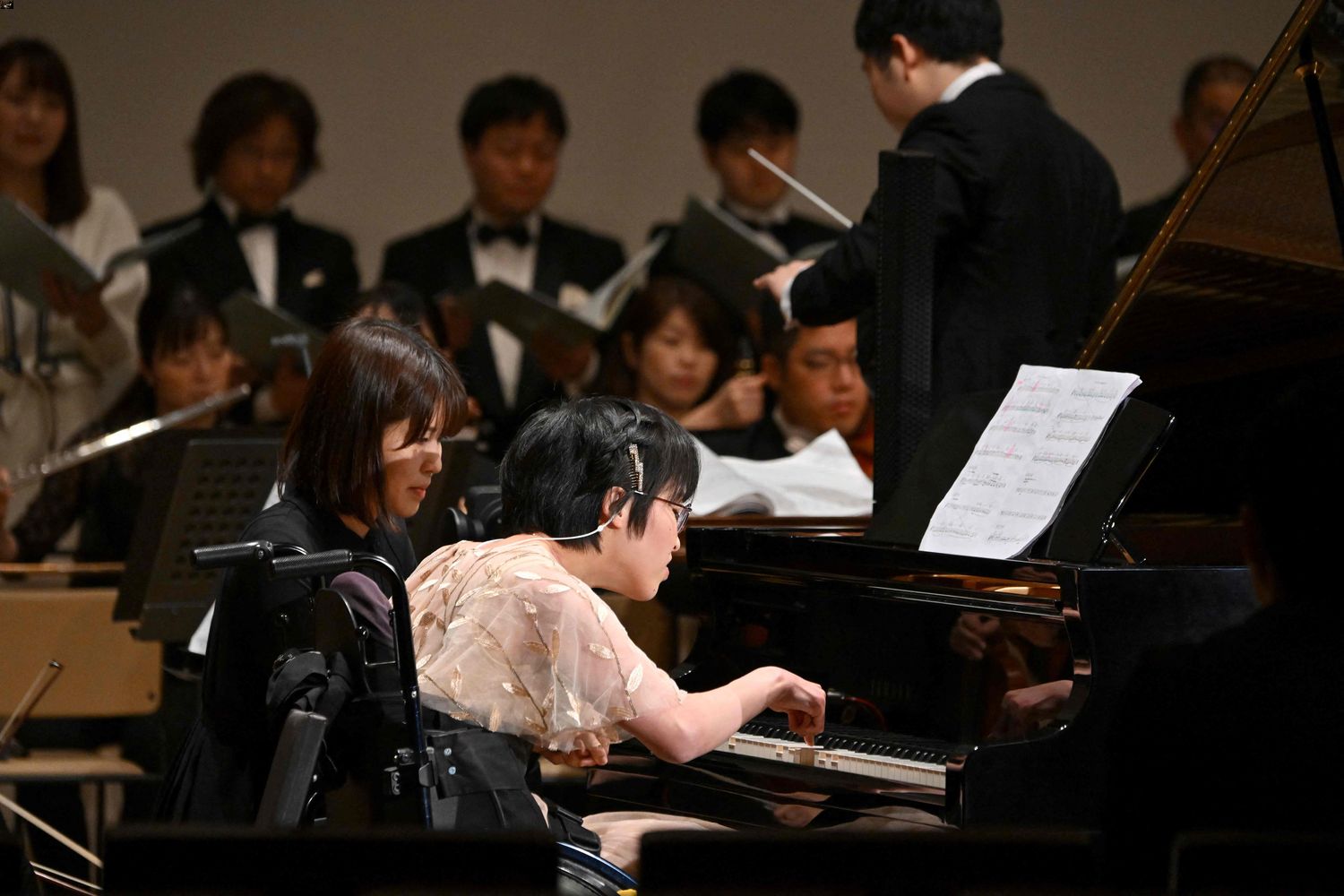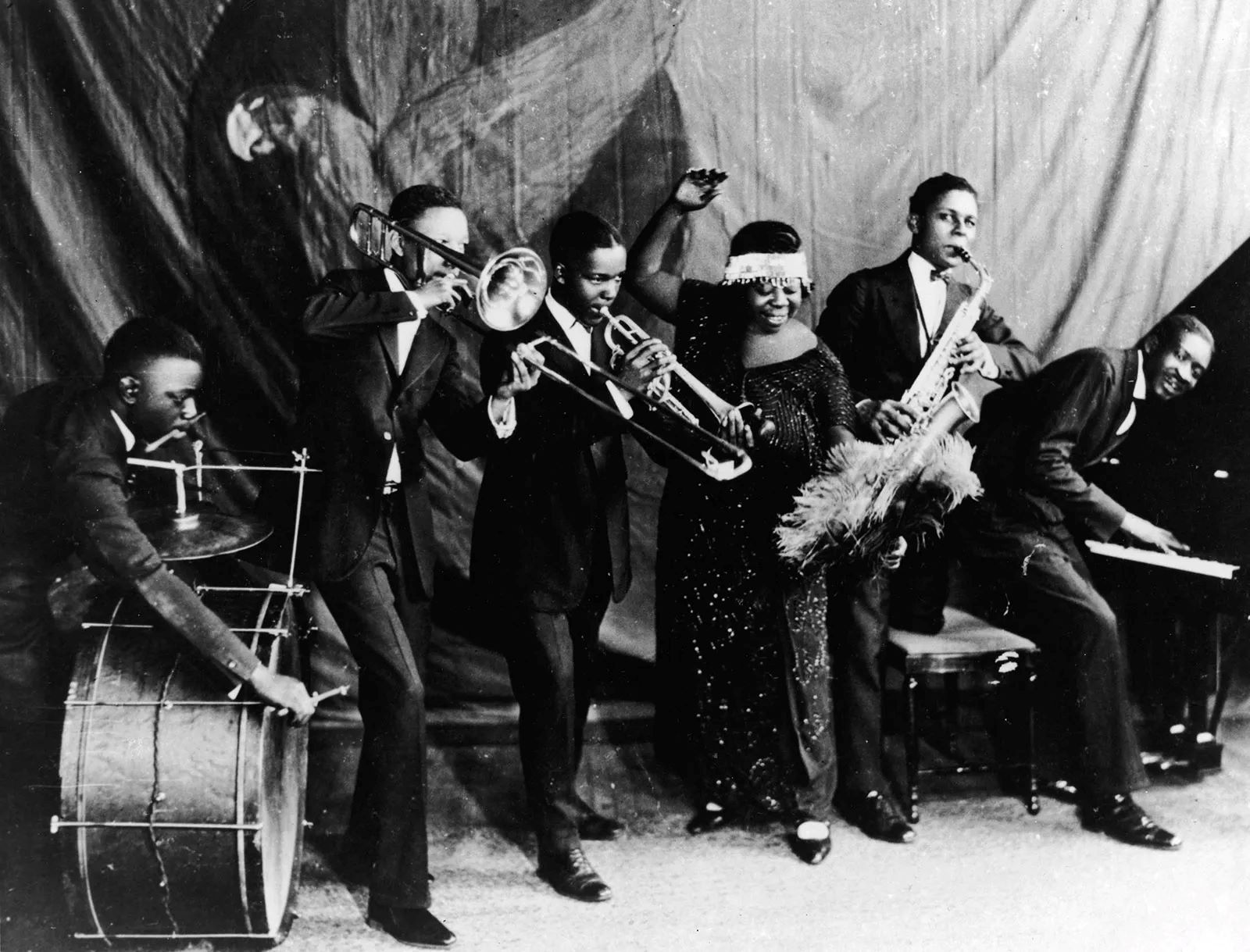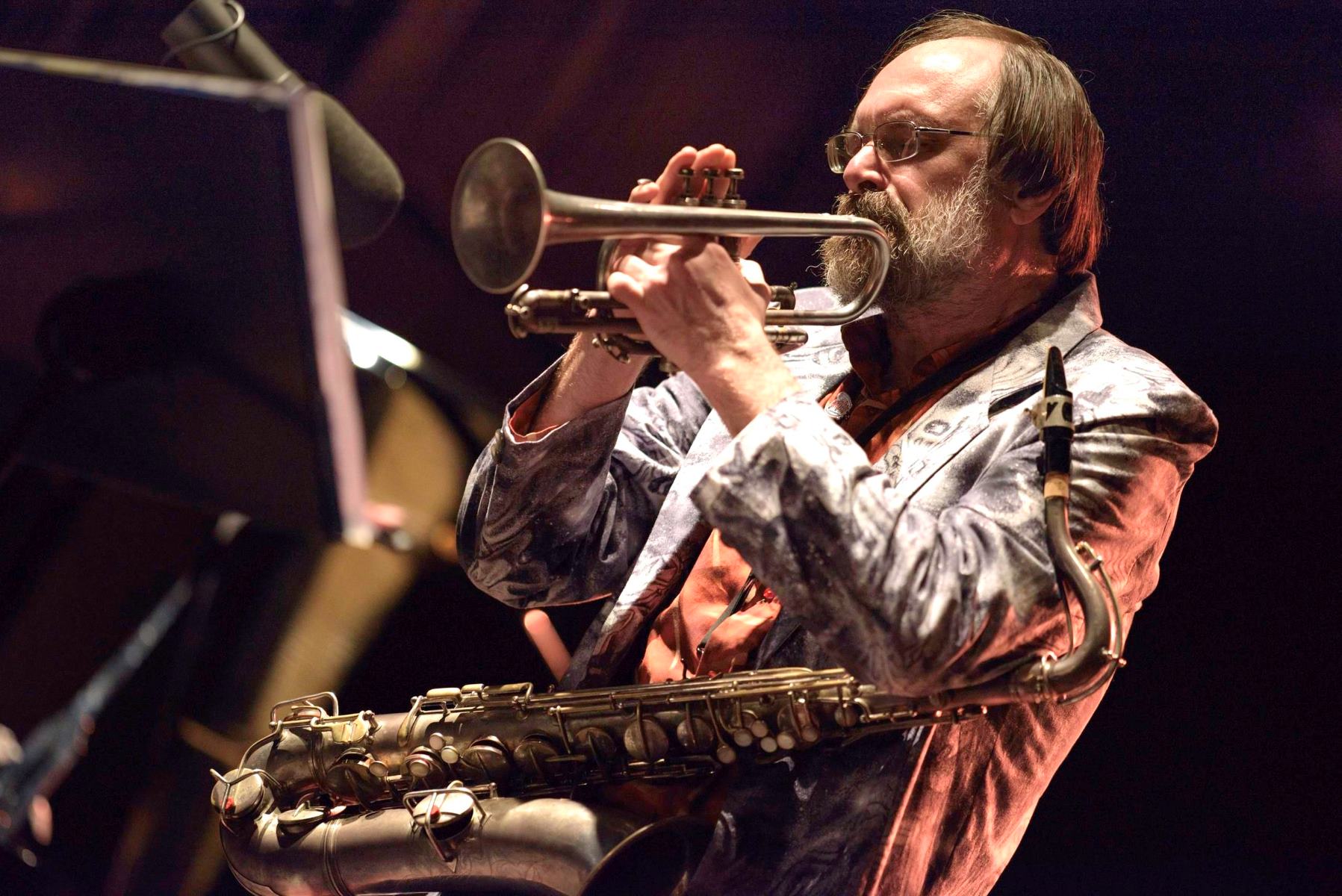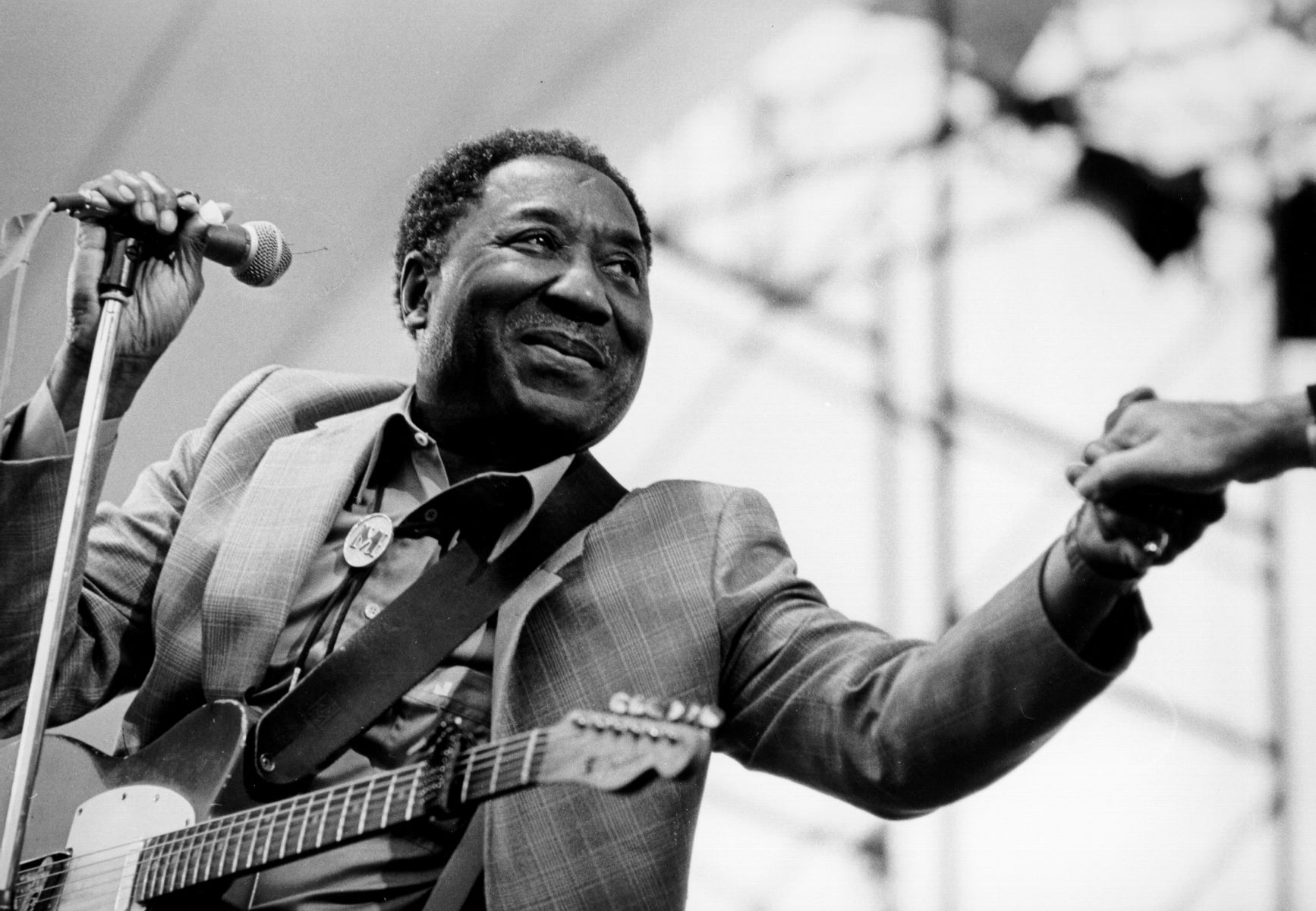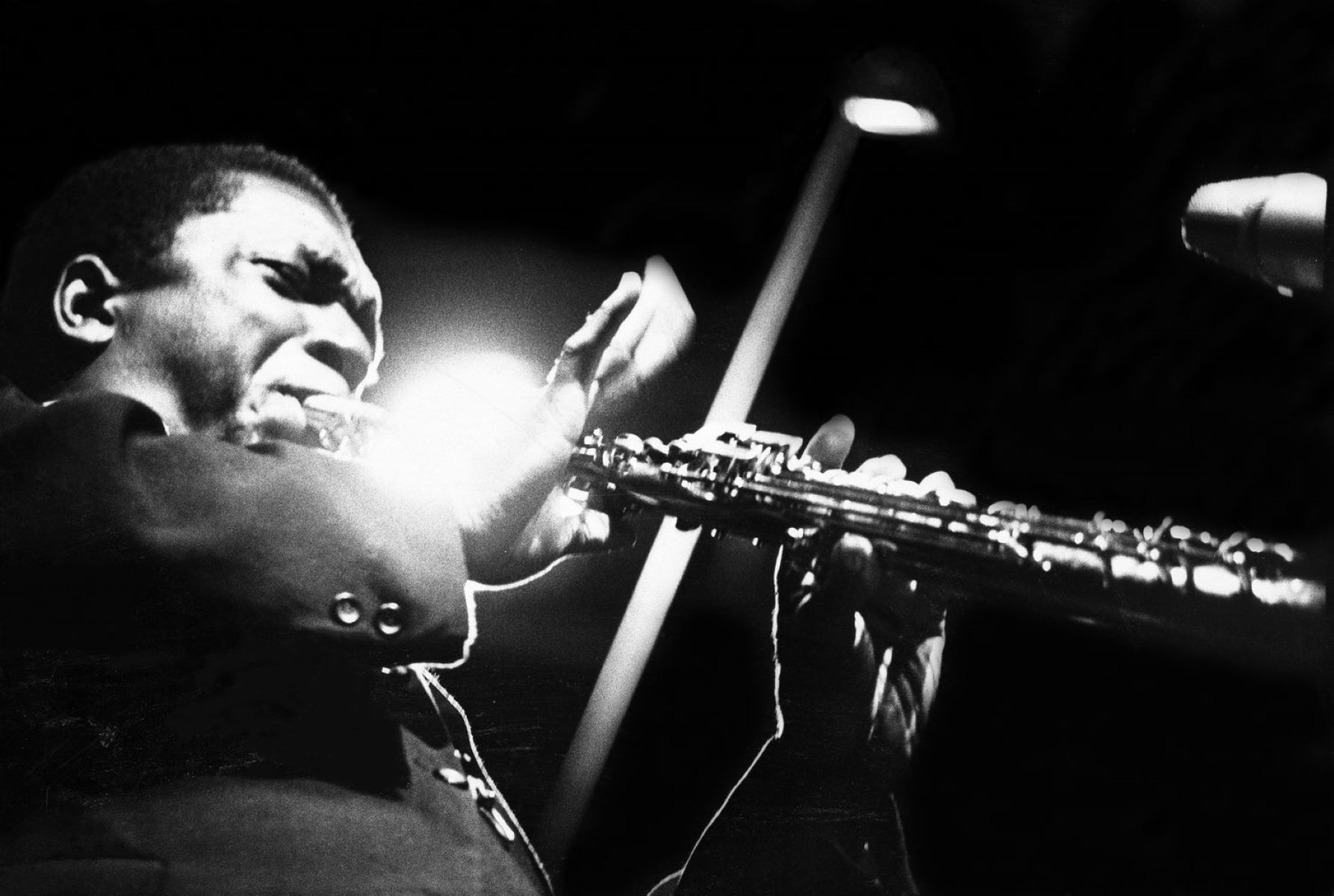

Jazz
When Did Free Jazz Start
Modified: January 22, 2024
Discover the origins of jazz with a look into the beginnings of free jazz and its impact on the genre.
(Many of the links in this article redirect to a specific reviewed product. Your purchase of these products through affiliate links helps to generate commission for AudioLover.com, at no extra cost. Learn more)
Table of Contents
Introduction
Jazz is a genre of music that originated in African American communities in the early 20th century. With its roots deeply embedded in African and European musical traditions, jazz has evolved and branched out into various subgenres over the years. One such subgenre that pushed the boundaries of jazz and challenged traditional musical norms is free jazz.
Free jazz emerged in the late 1950s and early 1960s as a response to the rigid structures and predetermined forms of traditional jazz. It was a liberation from the constraints of harmony, melody, and rhythm, allowing musicians to explore new sonic territories and express their individual creativity. Free jazz represents a departure from the conventional approach to improvisation, opening doors to unconventional techniques, non-linear structures, and collective improvisation.
This article dives into the origins, influences, and impact of free jazz, shedding light on the key contributors who shaped and propelled the movement forward. We will explore how free jazz challenged the established norms and paved the way for experimentation and innovation in the jazz genre. Additionally, we will discuss the reception of free jazz, its evolution over time, and its enduring influence on contemporary jazz and other genres of music.
Join us on this captivating journey through the world of free jazz as we uncover the groundbreaking musicians, the pivotal moments, and the lasting legacy of this influential movement.
Emergence of Jazz
The roots of jazz can be traced back to the late 19th and early 20th centuries in African American communities, primarily in the southern United States. It emerged as a fusion of African and European musical traditions, blending elements of spirituals, work songs, blues, ragtime, and marching band music.
As African Americans migrated to urban centers such as New Orleans, Chicago, and New York during the Great Migration, jazz began to flourish and evolve. With its emphasis on improvisation, syncopation, and rhythmic complexity, jazz became a symbol of artistic expression and cultural identity for the African American community.
Early jazz pioneers such as Louis Armstrong, Jelly Roll Morton, and Duke Ellington laid the foundation for the genre, popularizing styles like Dixieland, swing, and big band jazz. These early forms of jazz were characterized by structured arrangements, melodic improvisation, and a collective approach to performance.
However, as the jazz scene continued to evolve and the avant-garde movement gained traction, musicians sought to break free from the constraints of traditional jazz. This led to the emergence of free jazz, a radical departure from the established norms of the genre.
Free jazz was a response to the limitations imposed by chord progressions, strict melodic lines, and predetermined rhythmic patterns. It sought to create a musical language that allowed for individual expression, spontaneous composition, and uninhibited exploration of sounds.
The pioneers of free jazz, including Ornette Coleman, Cecil Taylor, Archie Shepp, and Albert Ayler, introduced unconventional techniques such as atonal improvisation, dissonance, and extended techniques on their respective instruments. This experimentation pushed the boundaries of jazz and challenged conventional notions of harmony, melody, and rhythm.
Free jazz not only paved the way for musical exploration but also catalyzed social and political movements. The aesthetic freedom and improvisational nature of free jazz mirrored the growing desire for social change and challenged the societal norms of the time. It became a platform for expressing African American cultural identity, advocating for civil rights, and pushing against systemic oppression.
Origins of Free Jazz
The origins of free jazz can be traced back to the mid-1950s and early 1960s, a period of intense musical experimentation and a desire to break away from the constraints of traditional jazz. It emerged as a response to the rigid structures and predetermined forms of the genre, aiming to liberate musicians from the limitations imposed by harmonic and rhythmic conventions.
One of the key figures in the development of free jazz was the iconic saxophonist Ornette Coleman. His album “The Shape of Jazz to Come” released in 1959 was a groundbreaking work that challenged the traditional norms of jazz. Coleman discarded traditional chord progressions and instead focused on collective improvisation and creating spontaneous melodies. His innovative approach, which he called “harmolodics,” emphasized the equal importance of melody, harmony, and rhythm in improvisation.
Another influential figure in the origins of free jazz was pianist Cecil Taylor. His virtuosic and intricate playing style, incorporating elements of classical music and avant-garde techniques, pushed the boundaries of jazz piano. Taylor’s compositions were characterized by complex rhythmic patterns, dissonance, and extended techniques on the piano, paving the way for a more radical and experimental form of jazz.
Albert Ayler, a tenor saxophonist, also played a significant role in the development of free jazz. Combining elements of spirituals, folk music, and avant-garde jazz, Ayler’s music was characterized by emotional intensity, free-flowing improvisation, and a raw, expressive sound. His album “Spiritual Unity,” released in 1964, is regarded as a seminal work in the free jazz movement.
These artists, along with many others, laid the foundation for the emergence of free jazz by challenging the conventions of harmony, melody, and rhythm. They sought to create a more open-ended and exploratory approach to music, where the boundaries between composition and improvisation blurred.
It is important to note that the origins of free jazz were not limited to one single location or group of musicians. The movement was a collective effort involving musicians from different backgrounds and geographical locations, each contributing their unique perspectives and influences.
The influence of free jazz continues to resonate in the jazz community and beyond. Its impact on the evolution of jazz and its influence on other genres of music cannot be understated. Free jazz opened up new possibilities for exploration, self-expression, and musical innovation, forever changing the landscape of jazz and pushing the boundaries of what was considered possible in the realm of improvisational music.
Deconstruction of Traditional Structure
One of the defining characteristics of free jazz is its deconstruction of the traditional structures and forms found in traditional jazz. Free jazz musicians sought to break away from the constraints of harmony, melody, and rhythm, embracing spontaneity and the exploration of new sonic territories.
In traditional jazz, compositions are typically built on chord progressions and melodic structures, providing a framework for improvisation. However, in free jazz, these structures are often discarded or radically altered. Musicians have the freedom to explore unconventional harmonic relationships, abandon traditional tonal centers, and engage in atonal or non-tonal improvisation.
Rhythmic patterns in free jazz can also deviate from the established norms. Musicians may experiment with irregular time signatures, polyrhythms, and the use of extended techniques to create unique rhythmic textures. This departure from strict time-keeping allows for a more fluid and dynamic interaction among the musicians.
Furthermore, the deconstruction of traditional structure extends to the concept of soloing in free jazz. In traditional jazz, solos are often taken over the chord progressions of a composition, adhering to the established harmonic framework. In contrast, free jazz encourages collective improvisation, where all members of the ensemble contribute equally to the ongoing spontaneous creation of music. This approach fosters a greater sense of collaboration and interaction among the musicians.
Another aspect of the deconstruction of traditional structure in free jazz is the exploration of extended techniques and unconventional instrumental sounds. Musicians may utilize techniques such as multiphonics, overblowing, and percussive effects to push their instruments beyond their conventional boundaries. This allows for the creation of unique and unconventional sounds, contributing to the avant-garde nature of free jazz.
Overall, the deconstruction of traditional structure in free jazz results in a more open and fluid musical environment. The emphasis shifts from adhering to predetermined forms and structures to embracing spontaneity, improvisation, and individual expression. This approach challenges the notion that music must be confined to specific rules and conventions, opening up a world of limitless possibilities for both musicians and listeners.
Key Contributors to Free Jazz
Free jazz would not have been possible without the pioneering efforts of several key musicians who pushed the boundaries of the genre and contributed to its development and evolution. These notable figures introduced innovative techniques, compositional approaches, and improvisational styles, leaving a lasting impact on the world of jazz and influencing generations of musicians.
Ornette Coleman stands out as one of the most influential figures in the free jazz movement. His album “The Shape of Jazz to Come” is often cited as a seminal work that challenged traditional jazz conventions. Coleman’s approach to improvisation, characterized by his use of “harmolodics,” opened new possibilities for free expression and blurred the lines between melody, harmony, and rhythm.
Cecil Taylor, a virtuosic pianist, brought a distinctive approach to free jazz. His complex and intricate playing style, influenced by both classical music and avant-garde techniques, showcased his unique approach to composition and improvisation. Taylor’s use of dissonance, unconventional rhythmic patterns, and extended piano techniques expanded the sonic palette of free jazz.
Albert Ayler, known for his emotive and intense saxophone playing, made significant contributions to free jazz with his album “Spiritual Unity.” Ayler’s raw energy, exploration of extended techniques, and incorporation of spiritual and folk influences added a dynamic and spiritual dimension to the genre.
John Coltrane, while widely celebrated for his contributions to traditional jazz, also played a crucial role in the development of free jazz. In albums like “Ascension” and “Meditations,” Coltrane embraced a more experimental and avant-garde approach, incorporating elements of free improvisation and collective interaction within his compositions.
Other notable contributors to free jazz include Archie Shepp, a powerful saxophonist known for his political and socio-cultural commentary in his music, and Sun Ra, an avant-garde composer and bandleader who fused elements of free jazz with cosmic and Afrofuturistic concepts.
Together, these musicians challenged the established norms of jazz, introduced unconventional techniques and styles, and paved the way for the exploration and expansion of the genre. Their adventurous spirit and dedication to pushing the boundaries of music continue to inspire contemporary jazz musicians and shape the landscape of free jazz today.
Impact and Reception of Free Jazz
The emergence of free jazz had a profound impact on the jazz community and the broader music scene. It challenged established norms and sparked debates among musicians, critics, and audiences alike. While the reception of free jazz was initially mixed, its influence and legacy are undeniable.
On one hand, free jazz faced criticism for its departure from traditional jazz structures and its perceived lack of accessibility. Its unconventional harmonies, dissonance, and experimental nature were seen as a departure from the melodic and rhythmic elements that audiences had grown accustomed to in jazz. Some critics and listeners struggled to connect with the chaotic and unstructured nature of free jazz, dismissing it as noise or avant-garde experimentation.
However, free jazz also garnered dedicated followers who recognized its innovation and artistic merit. Musicians, particularly those seeking creative freedom and new artistic directions, embraced the genre’s liberation from traditional constraints. Free jazz became a platform for self-expression and musical exploration, attracting artists who were eager to explore new sonic territories and push the boundaries of improvisation.
Free jazz not only influenced the trajectory of jazz music but also had a broader impact on the evolution of contemporary music. Its emphasis on individual expression and experimental techniques influenced artists across various genres, from rock and funk to electronic and avant-garde music. The non-linear structures, extended techniques, and collective improvisation of free jazz became a source of inspiration for musicians seeking to break free from established norms and explore new sonic possibilities.
The impact of free jazz extended beyond the music itself. It played a role in challenging societal and racial boundaries, particularly during the civil rights movement of the 1960s. Free jazz became a platform for African American musicians to assert their cultural identity and advocate for social change. It defied the notion that jazz, and by extension, African American culture, had to conform to predominantly white standards and expectations.
Over time, free jazz has gained recognition and acceptance as a significant and influential movement within the larger jazz genre. It has become an integral part of jazz education and is studied and performed by aspiring musicians around the world. Though still regarded as a niche and avant-garde subgenre, free jazz continues to push the boundaries of musical expression and invites listeners to experience the power and freedom of unadulterated musical creativity.
Evolution and Influence of Free Jazz
Since its emergence, free jazz has continued to evolve and leave a lasting impact on the jazz genre and the wider music landscape. The movement has inspired countless musicians, sparked new directions in improvisation, and influenced various genres beyond jazz.
One major development in the evolution of free jazz has been the exploration of new textures and sonic possibilities. Musicians have expanded their instrumental techniques, incorporating extended techniques, unconventional sound sources, and electronic effects. This has allowed for a broader sonic palette and the creation of more diverse and experimental sounds within free jazz.
The influence of free jazz can be seen in the fusion movement of the late 1960s and early 1970s. Artists like Miles Davis and Herbie Hancock, who were already established in the jazz world, began incorporating elements of free jazz into their music, blending it with elements of rock, funk, and electronic music. This fusion of styles brought free jazz concepts to a wider audience and paved the way for further experimentation and cross-pollination of genres.
Free jazz has also had an impact on avant-garde and experimental music. The genre’s emphasis on improvisation, exploration, and the deconstruction of traditional structures has influenced artists in the realms of contemporary classical music, experimental electronic music, and sound art. This cross-pollination has resulted in innovative and boundary-pushing compositions and performances.
Furthermore, free jazz has influenced the aesthetics and improvisational approaches of subsequent generations of jazz musicians. Artists like John Zorn, Henry Threadgill, and Matthew Shipp, among others, have built upon the foundations laid by free jazz pioneers, incorporating their own unique perspectives and pushing the boundaries of jazz even further.
Outside of the jazz world, the influence of free jazz can be heard in various genres such as progressive rock, punk, and free improvisation. The spirit of experimentation, improvisation, and breaking conventions echoes in the work of bands like Sonic Youth, The Stooges, and experimental improvisers like Derek Bailey.
Moreover, free jazz’s social and cultural impact cannot be underestimated. The genre’s role in the civil rights movement and its advocacy for artistic freedom and self-expression continue to inspire artists who use their music as a platform for social and political commentary.
Overall, free jazz has had a transformative influence on the musical landscape. It has expanded the concept of what jazz can be, challenged the rules of improvisation, and provided a platform for artistic freedom and exploration. Its ongoing evolution and cross-genre influence continue to shape and inspire musicians and artists around the world.
Conclusion
Free jazz stands as a testament to the power of artistic expression and the ability of music to challenge established norms. Emerging in the mid-20th century as a departure from traditional jazz structures, free jazz opened new avenues of exploration and experimentation for musicians. It broke down the barriers of harmonic and rhythmic conventions, allowing for boundless creativity and individual expression.
The impact of free jazz extends beyond the boundaries of the jazz genre. Its influence can be heard in various musical styles, inspiring artists from diverse backgrounds and genres to take risks and push the boundaries of their craft. The deconstruction of traditional structures in free jazz paved the way for the evolution of improvisation, composition, and sonic possibilities.
While free jazz faced initial resistance and criticism for its departure from the familiar, it fostered a dedicated following of musicians and listeners who embraced its avant-garde nature and its call for artistic freedom. The genre’s social and cultural impact has been significant, advocating for civil rights and providing a platform for African American musicians to assert their cultural identity and challenge systemic oppression.
Over time, free jazz has continued to evolve, with musicians constantly pushing the boundaries of what is considered possible in jazz and the broader realm of music. Its influence can be seen in jazz fusion, experimental music, and various genres beyond jazz, leaving an indelible mark on the musical landscape.
In conclusion, free jazz remains an important and influential movement that has redefined what is possible within the realm of musical expression. As we continue to explore the ever-expanding boundaries of music, we owe a debt of gratitude to the pioneering free jazz musicians who fearlessly ventured into uncharted territories, inspiring generations of musicians and pushing the limits of creativity.


